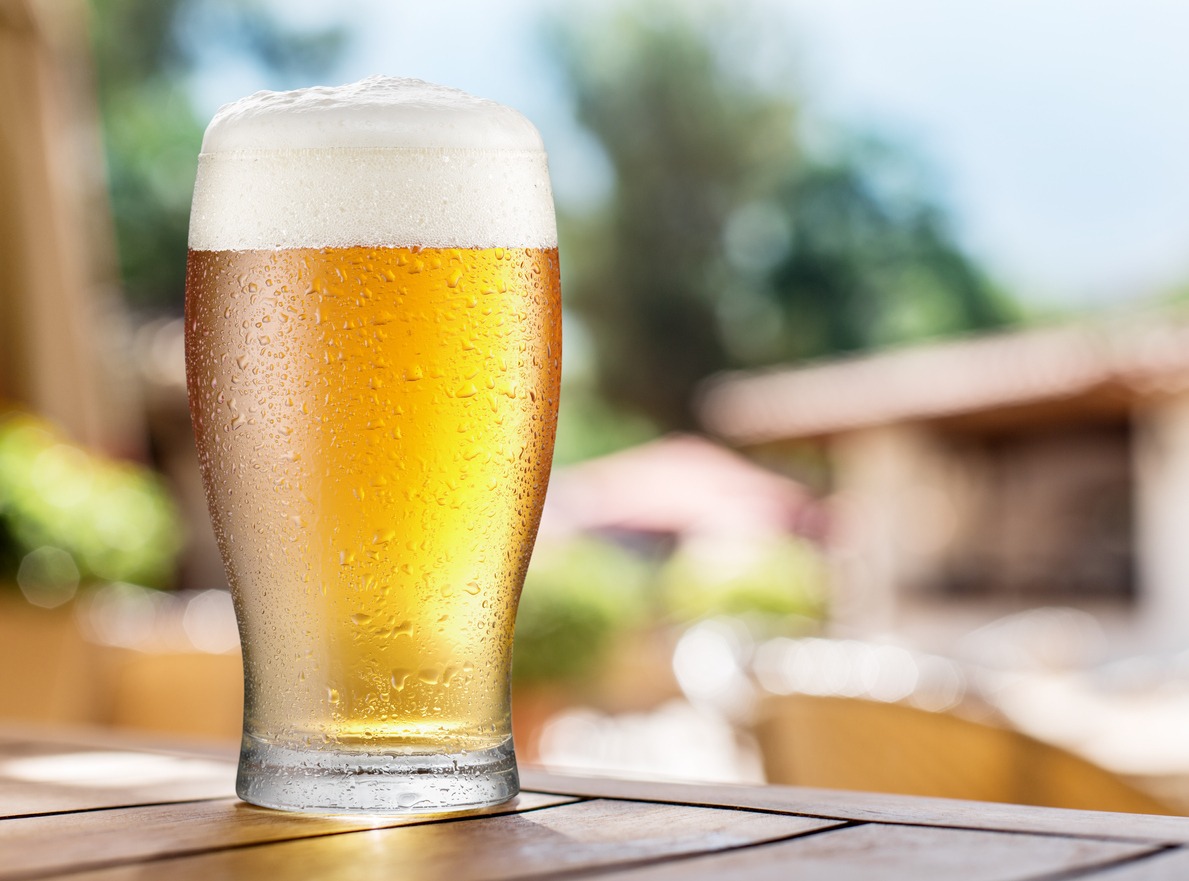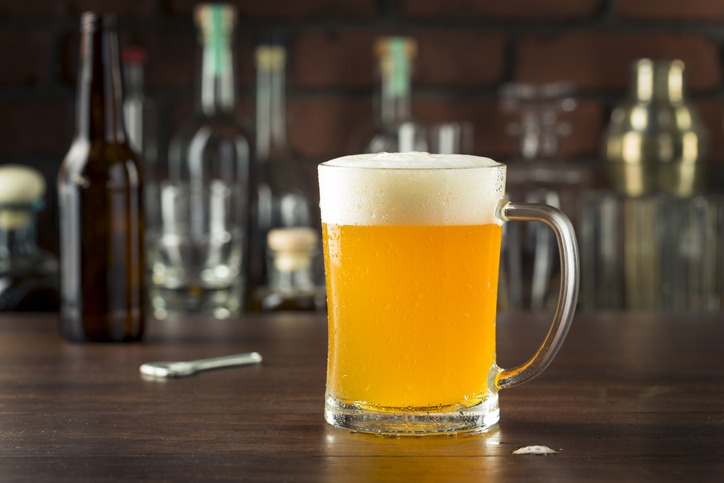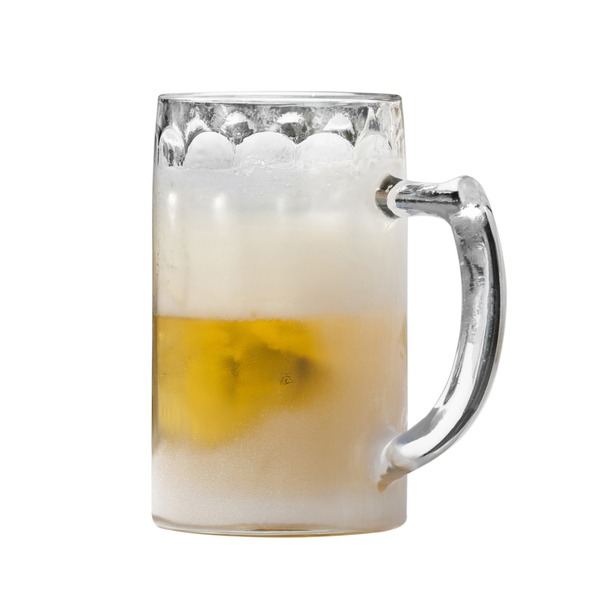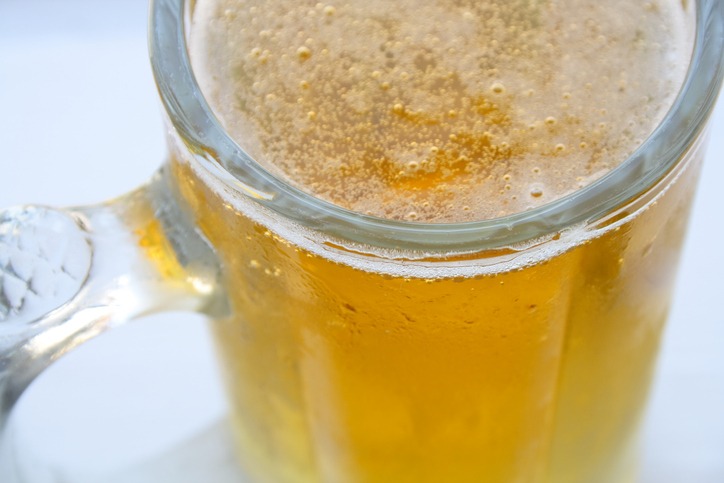There’s a unique charm and refreshment that comes from sipping a cold beer from a frosted glass, especially on a warm, sunny day. The chill of the glass against your hand, the sight of condensation beading on the surface, and the first cool sip can elevate the beer-drinking experience to new heights. This tradition, while not suited for every beer style, highlights how the serving temperature and the vessel itself can profoundly impact the enjoyment of this beloved beverage.
However, not all beers are created equal when it comes to the frosty embrace of a chilled glass. The debate among enthusiasts about the best beer to enjoy in this way is ongoing, with opinions varying widely. In this article, we’ll explore the sensory journey of drinking beer from a frosted glass, why certain beers are more suited to this treatment, and how you can enhance your beer enjoyment by selecting the right type for that perfectly chilled glass.
The Importance of Serving Temperature in Beer Enjoyment
The temperature at which beer is served plays a crucial role in shaping the drinking experience. Just as with food, the right serving temperature can enhance flavors and aromas, while the wrong temperature can mute them or skew the beer’s intended profile. Understanding the impact of temperature on beer is essential for both casual drinkers and connoisseurs alike, as it directly influences the beer’s aroma, carbonation, and taste.
The Science of Taste and Temperature
- Flavor Perception: Cold temperatures can suppress the taste buds’ ability to perceive sweetness and bitterness, which are key components of a beer’s flavor profile. Conversely, warmer temperatures tend to amplify these tastes.
- Aroma Release: A beer’s aroma, which contributes significantly to its flavor, is more pronounced at warmer temperatures. Cold can restrict the volatility of aromatic compounds, reducing the beer’s overall aroma.
- Carbonation Feel: The sensation of carbonation is affected by temperature. Colder beers feel more carbonated due to CO2 being more soluble at lower temperatures, leading to a crisper sensation on the palate.
Ideal Temperatures for Different Beer Styles
- Light Lagers and Pilsners: Best served cold, between 33°F to 40°F (0.5°C to 4°C), to highlight their refreshing and clean taste.
- Wheat Beers and Pale Ales: These are often enjoyed slightly warmer, at 40°F to 45°F (4°C to 7°C), allowing the fruity and floral notes to emerge.
- IPAs: Ideal serving temperature is around 45°F to 50°F (7°C to 10°C), balancing the hop bitterness with the malt backbone.
- Stouts and Porters: These fuller-bodied beers are best appreciated at warmer temperatures, typically between 50°F to 55°F (10°C to 13°C), which enhance their rich and complex flavors.
- Barrel-Aged and Strong Ales: These are often served at the warmest range, from 55°F to 60°F (13°C to 15.5°C), to fully express their depth and intricacies.
The Special Case of Frosted Glasses
While frosted glasses can be delightful with certain types of beer, particularly light lagers, and pilsners, they are not universally ideal. The extreme cold can numb the palate and significantly dampen the beer’s flavor profile, making it less enjoyable. It’s important to match the beer with the appropriate serving temperature and consider if a frosted glass will enhance or detract from the experience.
The serving temperature of beer is not just a matter of personal preference but a key factor in unlocking the full potential of a beer’s flavor and aroma. By understanding and applying the principles of ideal serving temperatures, one can vastly improve one’s beer enjoyment, turning each sip into a more profound sensory experience. Whether you’re reaching for a frosted glass or allowing your beer to warm slightly, the goal is always to optimize the beer’s characteristics for the most enjoyable drink.
The Role of Glassware in Beer Consumption
The choice of glassware is not merely a matter of aesthetics; it profoundly affects the sensory experience of beer drinking. Different shapes and sizes of glasses are designed to highlight the unique characteristics of various beer styles, from amplifying aromas to influencing the beer’s head retention and even affecting the temperature at which the beer is enjoyed. The right glass can elevate a good beer to greatness by engaging all the senses, making the act of drinking beer both a pleasure and an art.
How Glass Shape Affects Beer
- Aroma Enhancement: Certain glasses, like tulips or snifters, have inward-curving rims that capture and concentrate the volatile compounds responsible for a beer’s aroma, directly impacting the drinker’s perception of flavor.
- Carbonation and Head Retention: Glasses with a tapered shape or nucleation points at the bottom encourage a steady stream of bubbles, maintaining carbonation and head, which are crucial for the texture and mouthfeel of the beer.
- Flavor Profile: The width of the glass’s opening can influence the rate at which the beer hits the tongue, altering the perception of sweetness, bitterness, and balance in the beer’s flavor profile.
Specific Glasses for Specific Beers
- Pilsner Glasses: Tall and slender with a slight taper to retain carbonation, these glasses showcase the clarity, color, and bubbles of lighter beers.
- Wheat Beer Glasses: Tall and curved, these glasses allow room for a thick head and highlight the beer’s aromas, particularly the banana and clove notes common in wheat beers.
- Stout Glasses: Designed with a bulbous shape to concentrate malty and roasted aromas and support a generous head, enhancing the creamy texture of stouts.
- IPA Glasses: Often with a ridged base and a flared opening, these glasses aerate the beer and open up the hop aromas, essential for enjoying an IPA’s complexity.
The Debate Over Frosted Glasses
While frosted glasses are popular for their ability to keep beer cold, they can be a double-edged sword. The intense chill can dull the beer’s flavor and aroma, potentially masking the nuances that brewers work hard to create.
For light, refreshing beers intended to be consumed cold, such as light lagers or pilsners, a frosted glass can enhance the drinking experience. However, for more complex or fuller-bodied beers, a room-temperature glass that allows the beer to gradually warm may be more appropriate, revealing layers of flavor as the beer’s temperature rises.
Choosing the right glassware is an essential aspect of beer consumption that goes beyond mere presentation. It’s about respecting the craft of brewing and the depth of flavors that beer has to offer. By selecting a glass that complements a beer’s specific profile, drinkers can fully appreciate the sensory journey—from the visual appeal of the pour to the last satisfying sip.
You may find out more about choosing glasses for beer in our post about the different types of beer glasses.
The Best Beer for a Frosted Glass
A frosted glass, with its icy exterior and promise of a cold beverage, is a symbol of refreshment, especially on hot days. The allure lies in the immediate cooling effect it has on the beer, providing an invigorating drinking experience. While not all beer styles benefit from such cold temperatures, there are specific types that are perfectly suited to be enjoyed from a frosted glass, where the chill enhances rather than detracts from the beer’s character.
Light Lagers: The Ideal Choice
Light lagers are brewed for their clean, crisp taste and refreshing finish, qualities that are amplified when the beer is served ice-cold. These beers typically have a more subtle flavor profile, with less emphasis on hops or malt complexities, making them less susceptible to the flavor-dulling effects of extreme cold. The primary appeal of light lagers is their thirst-quenching ability, which is maximized when the beer is served as cold as possible, making them the perfect candidate for a frosted glass.
Pilsners: A Close Second
Pilsners, while similar to light lagers, offer a slightly more pronounced hop character and a clean, bright finish that can still shine through even at lower temperatures. The balanced bitterness of a good pilsner is refreshing when cold, and frosted glass can maintain this refreshing quality throughout the drinking experience.
Specialty Frosted Glass Offerings
Some breweries and bars offer specialty beers that are specifically designed to be served in a frosted glass. These beers might include:
- Summer Ales: Crafted with hot weather in mind, these ales are often lighter in body and may have citrus or fruit infusions that remain appealing even when chilled.
- Fruit Beers and Radlers: The sweetness and tartness of fruit beers or the refreshing mix of beer and fruit soda in Radlers can be particularly enjoyable when served very cold, making them suitable for frosted glasses.
The key to enjoying beer from a frosted glass is choosing the right type of beer—typically light, refreshing, and with a flavor profile that benefits from colder temperatures. Light lagers and pilsners stand out as the best candidates, offering a clean, crisp taste that becomes even more refreshing when served ice-cold. While the frosted glass isn’t suitable for every beer style, for these lighter brews, it can turn a simple beer into a rejuvenating experience.
How to Properly Frost a Glass
Achieving the perfect frost on a glass can elevate your beer-drinking experience, especially when enjoying lighter, crisper beers. However, there’s an art to frosting a glass correctly to ensure it enhances rather than detracts from your beer. Here’s a step-by-step guide to properly frost a glass, ensuring that your beer remains refreshing and flavorful.
Preparing the Glass
Select a glass that complements your beer choice. For light lagers and pilsners, a tall, slender pilsner glass or a standard pint glass works well. Ensure the glass is clean and free from any residue or detergents, as these can interfere with the beer’s flavor and the formation of a proper head.
Frosting Methods
There are two different frosting methods that can be done:
- The Freezer Method: Rinse the glass under cold water, making sure it’s evenly wet on the inside and outside. This water will freeze and form the frost. Put the wet glass in the freezer. Position it where it won’t come into contact with other items, which could prevent an even frost. Leave the glass in the freezer for about 20 to 30 minutes. The exact time can vary depending on your freezer’s temperature setting and the thickness of the glass.
- The Ice and Salt Method: Fill the glass to the top with crushed ice or small ice cubes. Sprinkle a generous amount of salt over the ice. Salt lowers the freezing point of water, causing the ice to melt and refreeze, which creates a frost on the glass more quickly. Gently swirl the ice and salt mixture in the glass for a few minutes. The exterior of the glass will begin to frost. Once the glass is frosted to your liking, empty the ice and salt mixture and give the glass a quick rinse with cold water to remove any remaining salt.
Tips for the Perfect Frost
- Timing is Key: Don’t leave your glass in the freezer for too long, as over-frosting can lead to a glass that’s too cold, potentially numbing your palate and affecting the beer’s flavor.
- Avoid Hot Glass: Never try to frost a glass that’s recently been washed in hot water or come out of a dishwasher. The sudden temperature change can cause the glass to crack.
- Dry Properly: If using the freezer method, once frosted, remove any excess frost flakes by gently tapping the glass or using a clean cloth. This prevents water from diluting your beer.
Frosting a glass can add a delightful element to your beer-drinking experience, especially when enjoying lighter beers that benefit from a colder serving temperature. Whether you prefer the simplicity of the freezer method or the quick chill of the ice and salt technique, properly frosted glassware can turn a simple drink into a refreshing ritual.
Common Myths and Misconceptions
Frosted glasses and their impact on beer enjoyment are surrounded by myths and misconceptions. While the sight of a frosty glass can be appealing, especially on a hot day, it’s essential to understand how and when it affects the beer’s quality and taste. Let’s address some common myths and provide clarification on the appropriate use of frosted glasses.
Myth: Frosted Glasses Improve All Beer Types
Reality: The notion that frosted glasses are universally beneficial for all beer types is a widespread misconception. While they can enhance the experience of drinking lighter, more refreshing beers like light lagers or pilsners by keeping them cold, they are not suitable for all beer styles. The extreme cold can suppress the flavors and aromas of more complex beers, such as ales, stouts, and IPAs, which are designed to be enjoyed at warmer temperatures.
Myth: Frosted Glasses Keep Beer Colder Longer
Clarification: While frosted glasses can initially provide a colder serving temperature, they don’t necessarily keep beer cold longer in all conditions. The glass’s rapid change from extremely cold to room temperature, especially in warm environments, can cause the beer to warm up faster than it might in a non-frosted glass at a more stable temperature.
Myth: Frosting a Glass is the Best Way to Chill Beer
The Truth: Frosting a glass chills the container, not the beer itself. For optimal enjoyment, both the beer and the glass should be at the ideal serving temperature. Rapidly chilling a beer in a frosted glass can lead to thermal shock, affecting carbonation and potentially altering the taste.
When Not to Use a Frosted Glass for Beer
- Complex and Aromatic Beers: For beers with a rich array of flavors and aromas, such as Belgian ales, IPAs, and stouts, a frosted glass can mute these complexities. These styles benefit from a bit of warmth to release their full bouquet of aromas and depth of flavor.
- High ABV Beers: Beers with high alcohol content, like barleywines, imperial stouts, and strong ales, are typically served at warmer temperatures to enhance their character. The cold from a frosted glass can dull the intricate flavors that emerge as these beers warm up.
- Beers with Delicate Flavors: Beers that rely on a delicate balance of flavors, such as saisons, sours, and some craft lagers, can have their nuanced profiles overshadowed by the cold of a frosted glass. The subtle notes and complexities can be lost when the beer is too cold.
Conclusion
While frosted glasses can add a refreshing touch to certain light and crisp beers, they are not universally suitable for all beer styles. The key to enjoying beer to its fullest is understanding how serving temperatures and glassware can affect the drinking experience. By choosing the right glass for the right beer, you can ensure that every sip is as enjoyable and flavorful as intended.





